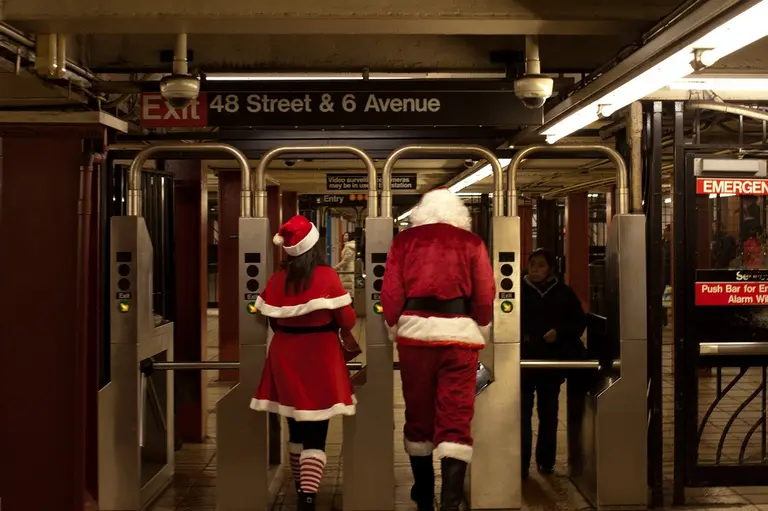
Photo by Allan Beaufour / Flickr
Hardly any subway service changes planned for this holiday weekend
It's really not that bad

Photo by Allan Beaufour / Flickr
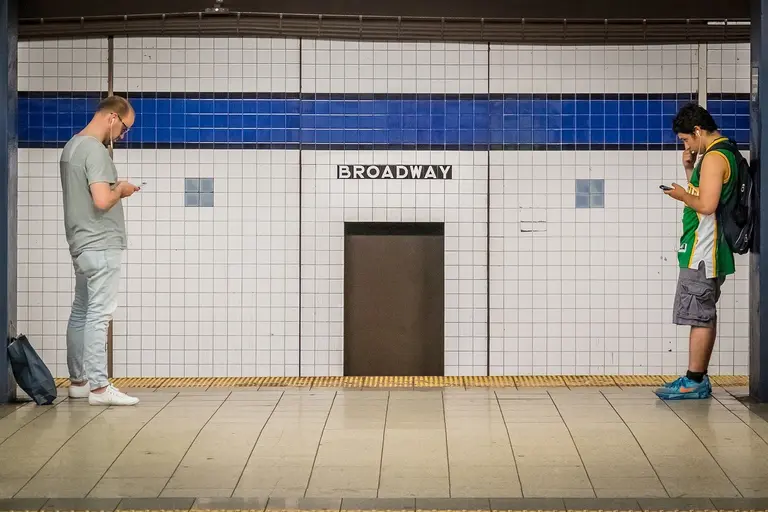
Photo via Pixabay
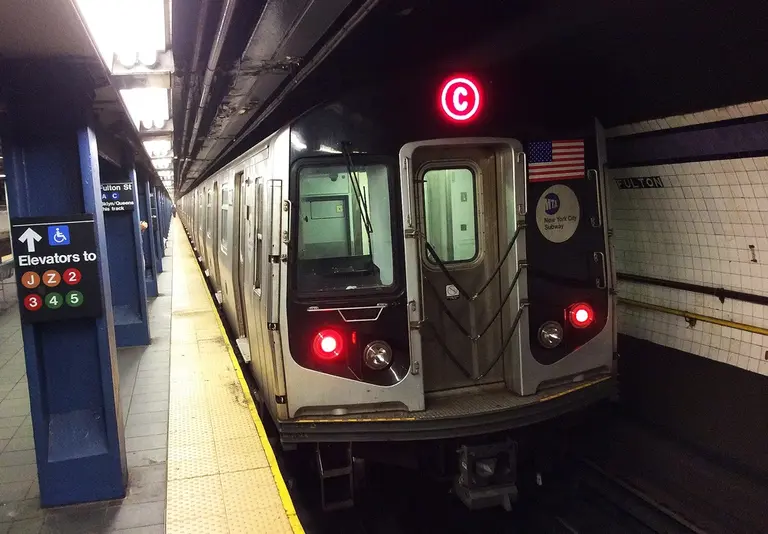
Photo of a C-train via Wikimedia
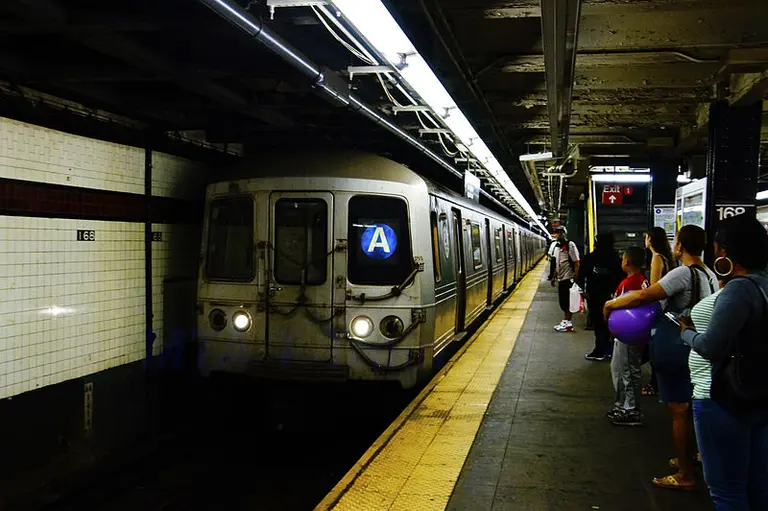
Photo via Wikimedia
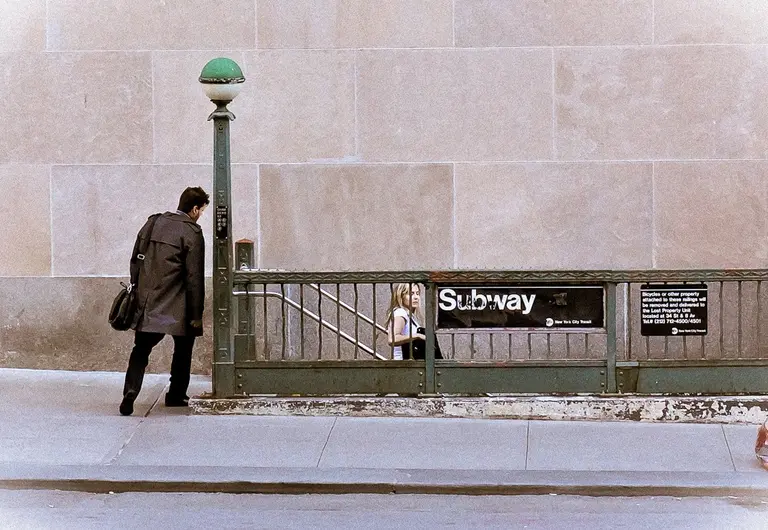
Photo by John Fraissinet / Flickr
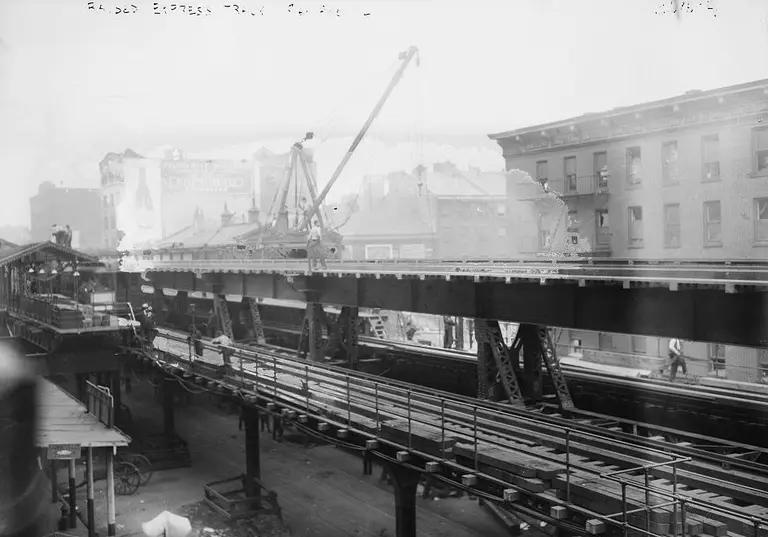
The Ninth Avenue El near 14th Street c. 1914. Via Bain Collection, Library of Congress.
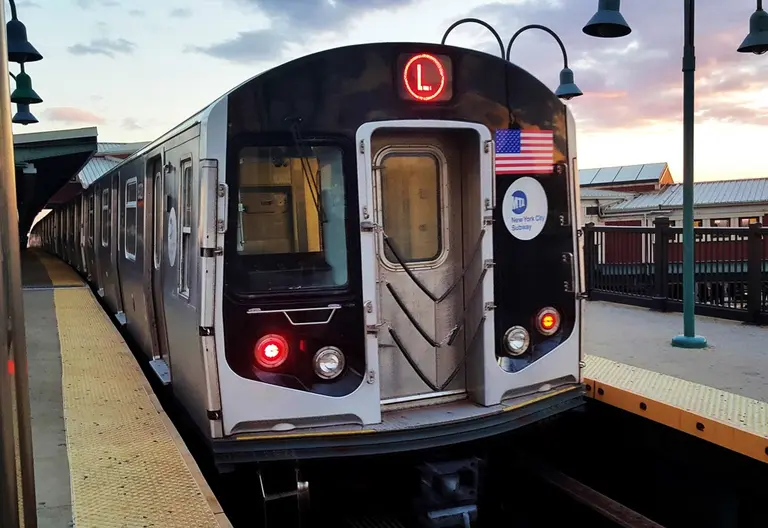
Photo of the L-train via Wiki Commons
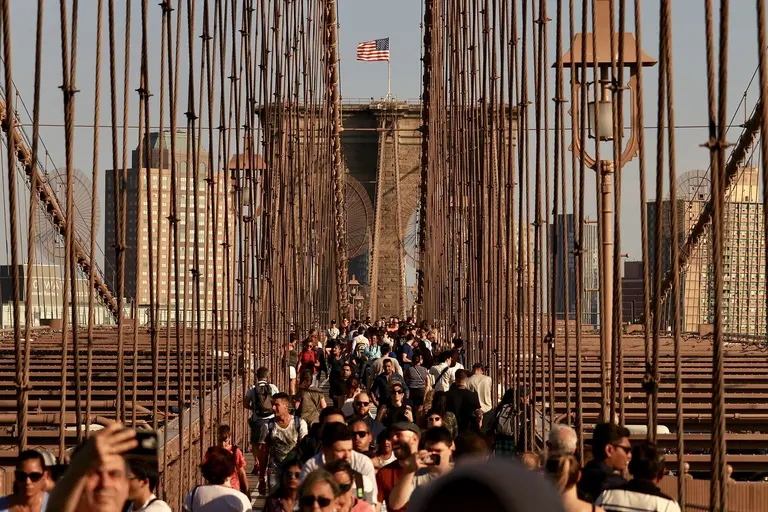
Photo of the Brooklyn Bridge via pixabay
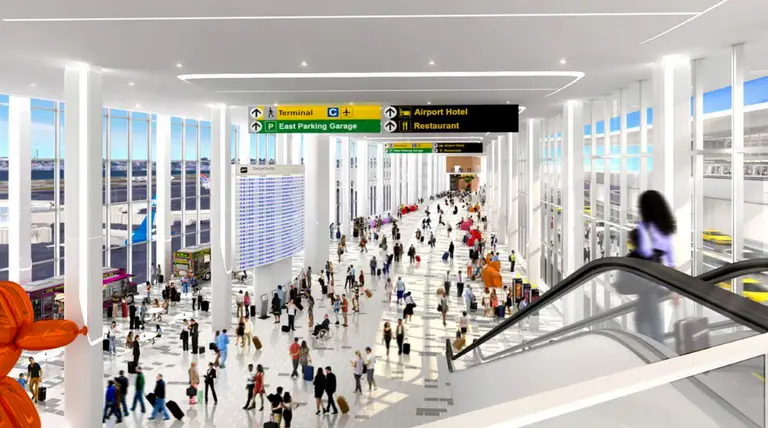
Interior rendering of LaGuardia Airport, via Governor Andrew Cuomo on Flickr
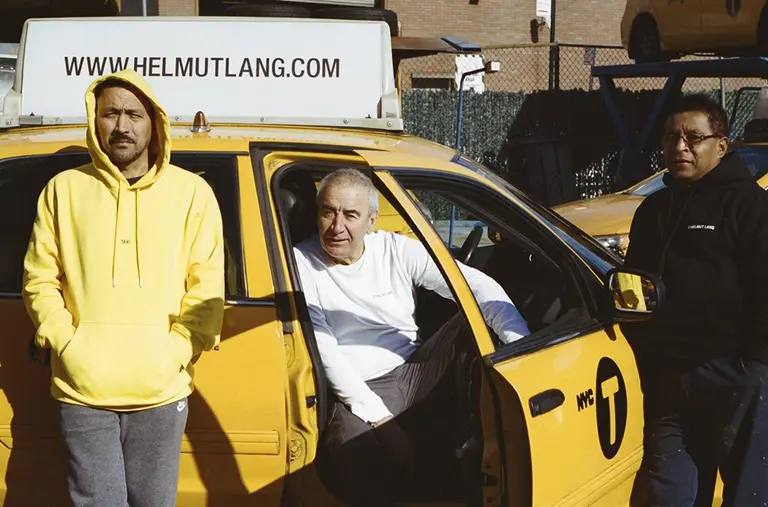
Credit: Alex Lee. Image courtesy of Helmut Lang

Photo via Paul Sableman/Flickr
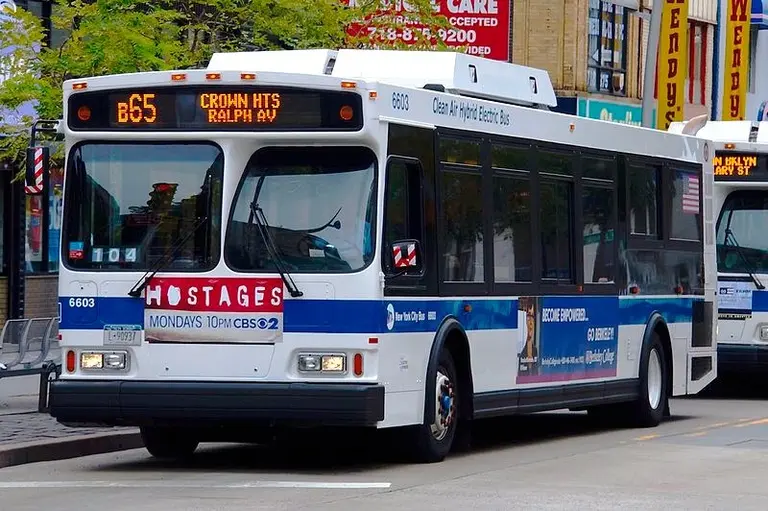
A Brooklyn-bound bus, photo via Wikimedia

Photo via Wikipedia
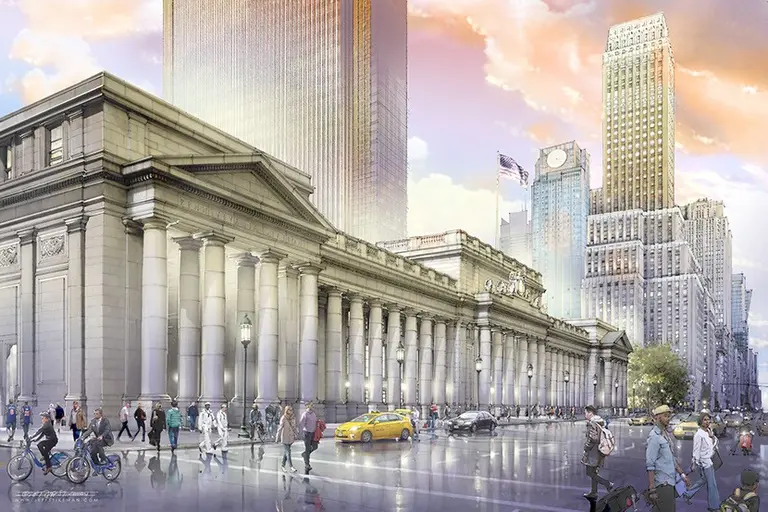
Drawing of the original Penn Station, re-created. Credit: Jeff Stikeman for Rebuild Penn Station